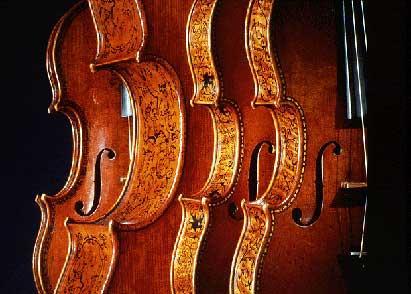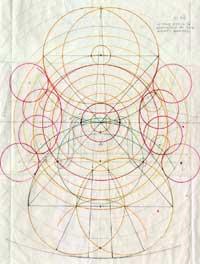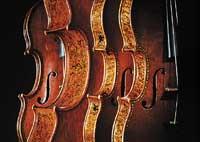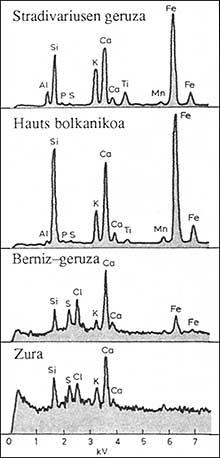True stradivarius
2001/11/20 Elhuyar Zientzia

Given the prestige of the violins made by Antonio Stradivari (1644-1737), it is important to demonstrate their authenticity. In fact, violins have been subject to fraud on several occasions and have sold the instrument made by any other more expensive violinist imputing it to him.
Now, a team of experts, led by a researcher at the University of Arkansas, takes advantage of dendrochronology to determine the origin of the Messiah violin. Until four years ago it was thought that this violin had been made by Stradivari. Then the debate arose between two researchers: a British violinist, analyzing the rings of the wood of Messiah, claimed that it was around 1680. For his part, a German expert in measuring tree rings made the XVIII. He claimed it was from the late 1930s of the 20th century, so it was not a real stradivarius. The German researcher, although his study was based on the photographs of the violin, opened the way to doubt.
To demonstrate its truthfulness, the president of the American Violins Association called for the collaboration of experts from American universities. These used special microscopes to accurately measure the violin wood rings. Thus, they saw that the front wood of the violin belonged to the red silk of southern Europe. On the one hand, they compared the wood of the violin with the rings of the red stars of the Austrian, Italian, German and French Alps. On the other hand, they compared it with the wood of the authentic stradivarius called Archinto.
Archinto is 1696 and has more rings than Messiah (one with 109 rings and one with 159). Therefore, they have proven that the Messiah is older, specifically in 1686, that is, they did it alive among Stradivari.

Gai honi buruzko eduki gehiago
Elhuyarrek garatutako teknologia





